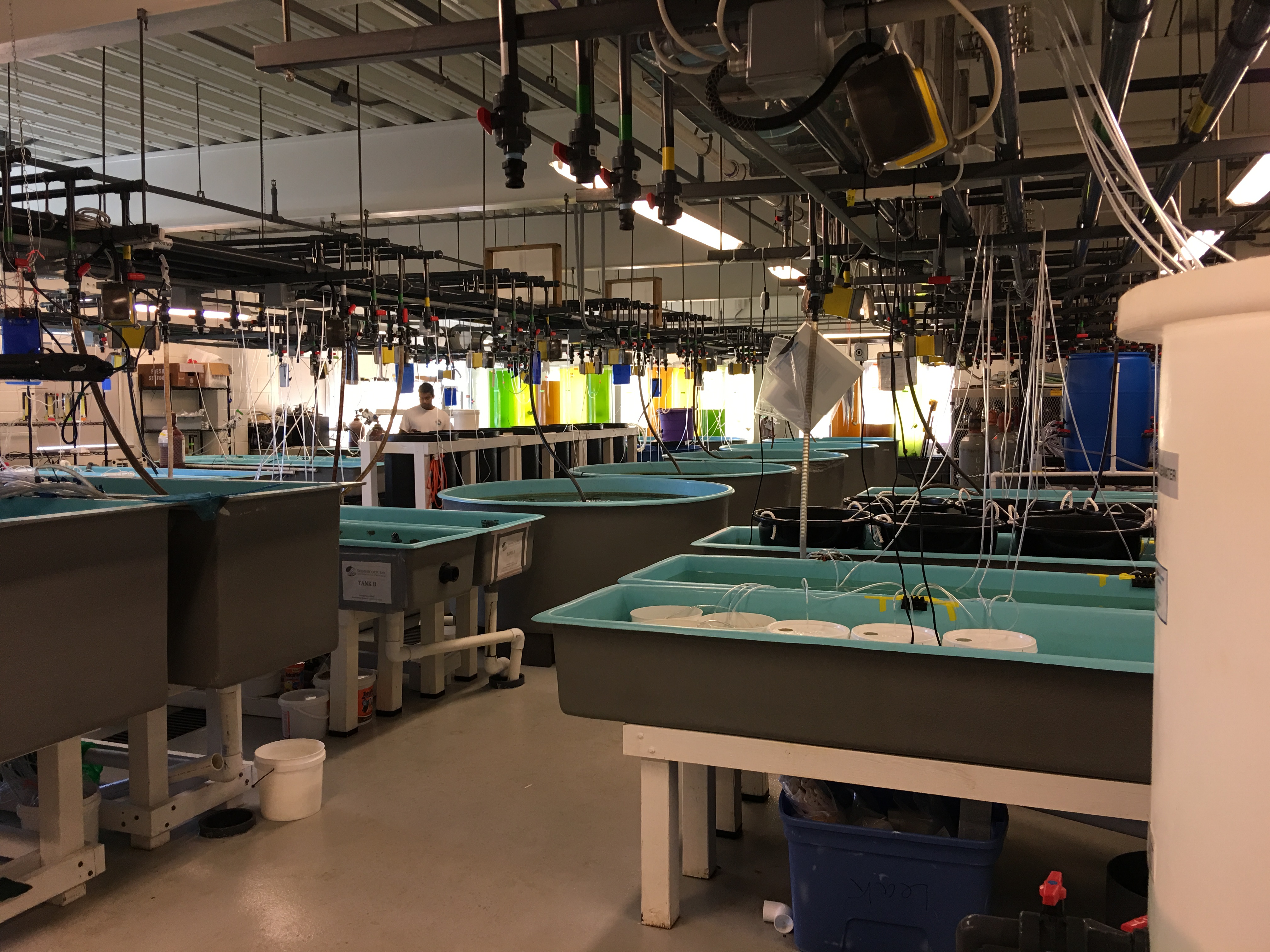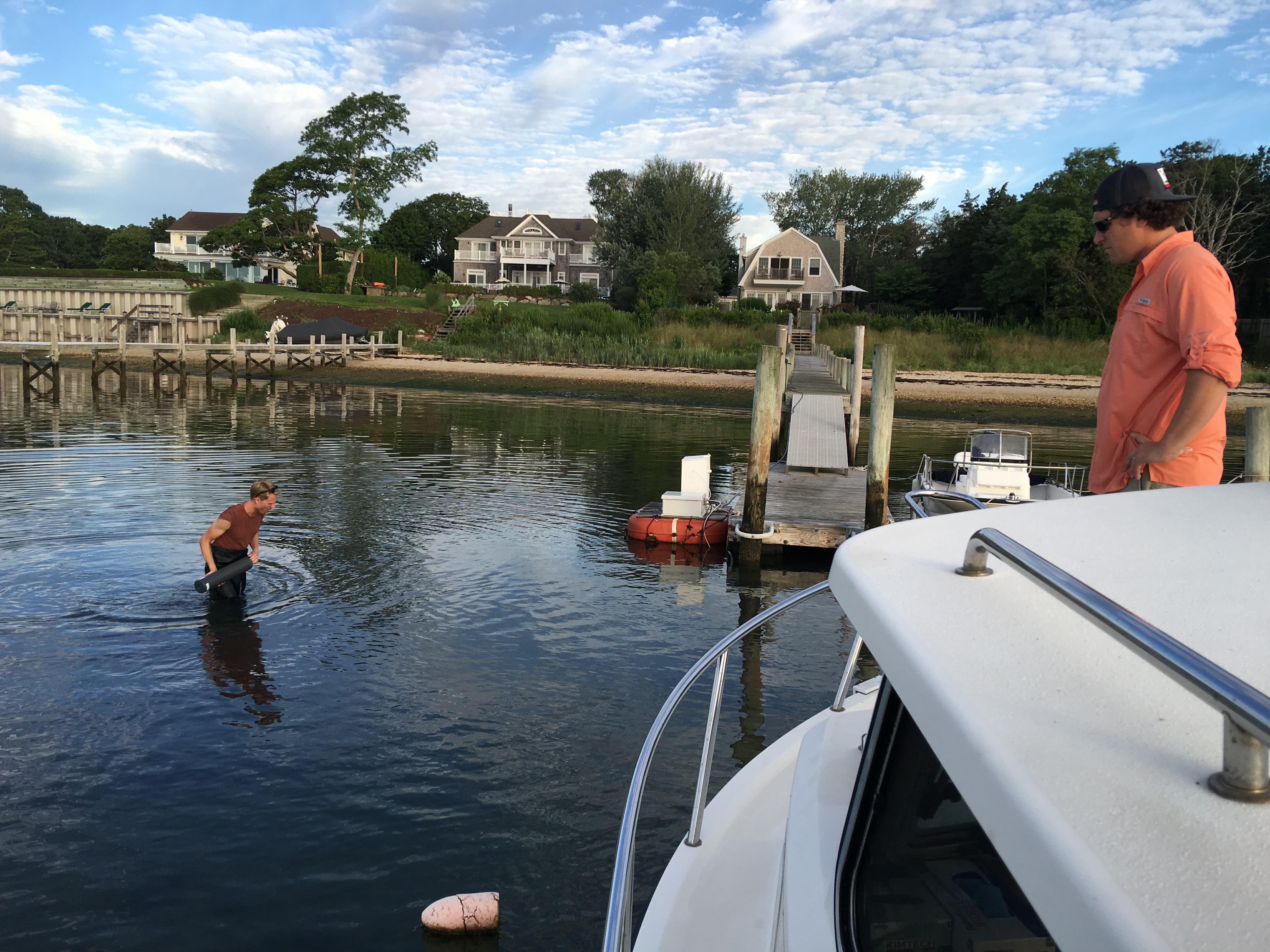The Gobler Laboratory is always looking for new, talented students and scientists. As a large lab group, working in our lab provides students exposure to a wide variety of projects, approaches, methodologies, and people with diverse scientific backgrounds. We provide lab members with a strong grounding in the scientific method, the current state of science in a variety of fields, modern and traditional methods, field experience, experimental design, statistics, and the execution of field and laboratory experiments of multiple scales. We continuously purchase new equipment and develop new methodologies for use in our research to keep our approaches at the forefront of modern science. We have more than 150 species of phytoplankton and zooplankton in culture, all of which are available for experimentation. Within the Marine Science Center, we rear multiple species of bivalves and finfish and thus have multiple life stages of these animals available for experiments.

We have perfected experimental chambers for exploring the effects of acidification, hypoxia, temperature changes, and nutrient loading on a variety of organisms from algae to fish. We have been sampling dozens of locations in ocean, estuarine, and freshwater systems across New York State as a time series for decades, and thus can easily incorporate such sampling or time-series data sets into student research projects. These sites are easily accessible via the fleet of research vessels located at the Stony Brook Southampton Marine Science Center, across the street from the Gobler Lab. Long Island provides a series of excellent ‘natural laboratories’ to explore strong gradients in nutrient loading and anthropogenic stressors, as well as the annual occurrence of harmful algal blooms formed by more than a half dozen marine and freshwater phytoplankton. The Gobler lab has weekly lab meetings and Dr. Gobler meets with all lab members as often as needed to ensure individuals are making the progress they need to achieve their goals. Collectively, these resources and approaches have combined to provide lab members with backgrounds to succeed in the next stages of their careers.
